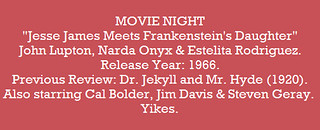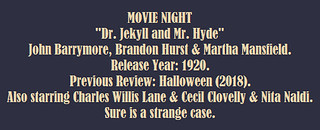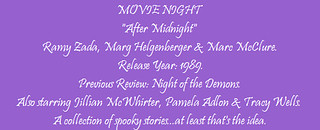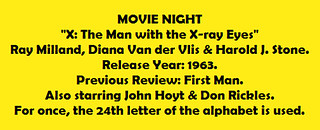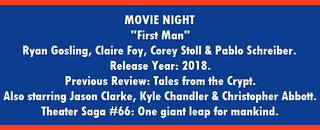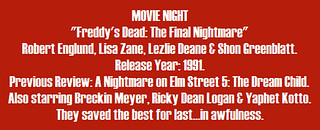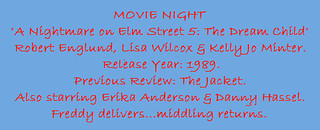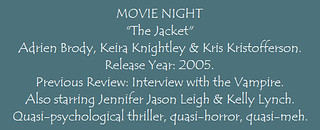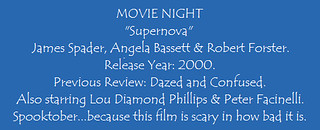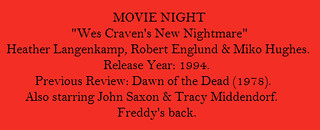
Review #1156: Wes Craven's New Nightmare.
Cast:
Heather Langenkamp (Herself / Nancy Thompson), Robert Englund (Himself / Freddy Krueger), Miko Hughes (Dylan Porter), John Saxon (Himself / Lt. Donald Thompson), Tracy Middendorf (Julie), David Newsom (Chase Porter), Fran Bennett (Dr. Christine Heffner), Wes Craven (Himself), and Robert Shaye (Himself) Directed by Wes Craven (#474 - A Nightmare on Elm Street, #558 - Scream, #633 - Red Eye, and #939 - Swamp Thing)
Review:
With A Nightmare on Elm Street (1984), the blurring of the lines between reality and dreams by director Wes Craven made for a great slasher film, but he had never intended for it to develop into a franchise. However, he contributed to the screenplay for the third film three years later along with Bruce Wagner, although it would have later re-writes by Frank Darabont and Chuck Russell. Craven's original concept for the film was to have Krueger come into the real word, haunting actors making a new sequel to the franchise. However, it was rejected by New Line Cinema at the time. Three years after the sixth (and worst) film was released, Craven was enlisted to write and direct a new film for the franchise, although it is not part of the continuity, since Krueger is portrayed as a fictional movie villain invading the real world with the intent for a more darker look for the character, signified with the coat and the glove, which I think looks pretty good. I found that the film's attempts to blur the lines between dreams and reality to be quite interesting, seeing the effect that making horror has on the people that helped make it. Langenkamp proves pretty interesting to follow along with again, adapting well to the gradual build of terror and creepy stuff with a good amount of charm to her - one particular favorite scene of mine is where she is on a talk show with a weird interviewer that ends with a nice little surprise - Freddy appearing and charming the audience. Englund does pretty well with the main force of terror once again without feeling tired or overdone that manages to make him feel a bit more powerful as a villain, and it is nice to see him playing himself (who comes off as a pretty nice guy) as well. Hughes does alright, invoking occasional bits of creepiness, although other times he comes off a bit silly - but what can you expect from a kid actor? It is nice to see Saxon and his warm presence once again for the parts he is on screen. The others in the cast are alright, with one interesting highlight being Craven himself, dumping some exposition in one scene onto the audience that feels rolled off right from a script, done pretty handily, actually. The use of footage from the first film is a bit clever, particularly since it has its own gradual payoff. Aside from its opening sequence (which is pretty neat), the film gradually builds itself up with scares, not playing its hand until it wants to for its climax - with most of the cast helping to make the time worth it, with this being more than just a reunion film or being a "Greatest hits" kind of movie. At 112 minutes (which is still the longest run-time for a film in this franchise), it mostly justifies its length without having many unnecessary moments. The effects are done pretty well, with the climax saving the best for last in terms of creepy imagery that makes for quite the highlight. Another highlight is the sequence where Freddy dangles someone along a freeway, and the earthquake parts are also handled fine. The film works in invoking some scares while proving to be well-done entertainment that justifies its existence through some fine handiwork of terror that stands out from the other films with its own style.
I hope you folks enjoyed Halloween and the reviews that came for this month of October. There will be a few more horror films that will creep into November (yes, there managed to be a few films and reviews that couldn't be watched or written in time for a month with 19 reviews) which I hope you will enjoy as well.
Overall, I give it 8 out of 10 stars.



